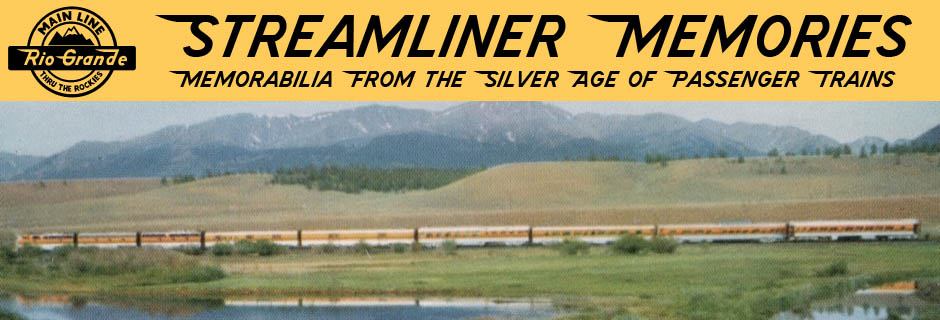When Amtrak took over passenger service from most American railroads in 1971, a handful of railroads decided not to join. The most extensive was the Southern, whose menu here issued just before Amtrak announces its decision to keep operating its own trains.

Click image to download a 2.3-MB PDF of this menu.
After Amtrak, Southern would continue operating daily passenger service from Washington to Lynchburg, the Piedmont from Washington to Atlanta, and the Crescent from Washington to Birmingham, as well as tri-weekly service between Asheville and Salisbury NC and a tri-weekly extension of the Crescent from Birmingham to New Orleans. Most of these trains, the menu notes, would have been eliminated or partially cut back by Amtrak.
Why didn’t it join Amtrak if passenger trains weren’t profitable? “There were other considerations,” says the menu, “including a proud tradition: we pioneered steam-powered passenger service back in 1830.” In fact, a more important reason was that railroads joining Amtrak had to pay Amtrak a fee equal to their 1969 passenger train losses or keep running trains until 1975. Southern had reduced the number of passenger trains it operated since 1969, so running the remaining trains cost less than paying the fee.
In addition, Southern had recently refurbished its passenger equipment with the recognition that operating high-quality passenger service was good advertising for its freight service. Those advertising benefits would disappear if the railway joined Amtrak. In addition to Southern, the Rio Grande, Rock Island, and North Shore railroads all stayed out of Amtrak, mostly for similar reasons: having cut service since 1969, it cost less to keep running their remaining trains for four more years at a loss than to join the national passenger rail system.
